The Carmenère grape, once thought to be extinct, has found a new home in Chile, where it thrives in the diverse microclimates and soils of the country’s wine regions. This rediscovered varietal has become a signature grape for Chilean winemakers, offering a unique expression that sets it apart from other red wines. Its journey from near oblivion to celebrated status is a story of resilience, adaptation, and the serendipitous twists of viticultural history.
Originally from Bordeaux, France, Carmenère was a staple in the region’s vineyards before phylloxera devastated European grapevines in the 19th century. Many believed the grape had disappeared entirely, but it was quietly surviving in Chile, mistakenly identified as Merlot for over a century. It wasn’t until 1994 that French ampelographer Jean-Michel Boursiquot identified the true nature of these vines, revealing that Chile had been cultivating Carmenère all along. This discovery marked the beginning of a new era for Chilean wine, as winemakers began to embrace and refine the grape’s potential.
The character of Carmenère is distinct, offering a profile that combines the depth of Cabernet Sauvignon with the softer, more approachable qualities of Merlot. In Chile, the grape develops a rich, velvety texture with flavors of dark berries, black pepper, and green bell pepper—a signature note that stems from the grape’s pyrazine compounds. When grown in warmer regions like the Colchagua Valley, Carmenère tends to be plush and fruit-forward, while cooler areas such as the Maipo Valley produce wines with more structure and herbal complexity. This versatility makes it a fascinating subject for both winemakers and enthusiasts.
Chile’s unique geography plays a crucial role in Carmenère’s success. The Andes Mountains to the east and the Pacific Ocean to the west create a natural barrier that protects vineyards from pests and extreme weather, allowing for organic and sustainable farming practices. The wide range of elevations and soil types—from alluvial plains to rocky hillsides—provides winemakers with endless possibilities for experimentation. Some of the most acclaimed Carmenère wines come from old vines, which produce smaller yields but deliver greater concentration and complexity.
Despite its current popularity, Carmenère’s journey hasn’t been without challenges. Early on, many Chilean producers struggled with underripe grapes, leading to overly vegetal or unbalanced wines. However, advances in viticulture and a deeper understanding of the grape’s needs have led to significant improvements. Today, careful canopy management and precise harvesting times ensure optimal ripeness, while oak aging adds layers of spice and vanilla without overpowering the wine’s natural character. The result is a more polished and expressive style that has garnered international acclaim.
Beyond its sensory appeal, Carmenère has also become a symbol of Chilean identity in the wine world. While other countries have attempted to cultivate the grape, none have achieved the same level of success as Chile. The country’s winemakers have embraced Carmenère as their own, using it to showcase the distinct terroir of their vineyards. Annual celebrations, such as Carmenère Day on November 24th, highlight the grape’s cultural significance and its role in putting Chilean wine on the global map.
Looking ahead, the future of Carmenère in Chile appears bright. As consumer interest in unique and lesser-known varietals grows, this once-forgotten grape is poised to gain even more recognition. Winemakers continue to push boundaries, experimenting with different blends, fermentation techniques, and aging processes to unlock new dimensions of flavor. Whether enjoyed young and vibrant or aged into a more refined and structured wine, Carmenère offers a taste of Chile’s winemaking heritage and its innovative spirit.
For wine lovers seeking something beyond the usual Cabernet or Merlot, Carmenère presents an exciting alternative. Its story—of rediscovery, revival, and reinvention—mirrors the dynamic evolution of Chile’s wine industry. With each bottle, drinkers can experience not just the flavors of the grape, but also the passion and craftsmanship of the people who have made it their mission to bring Carmenère back to life.
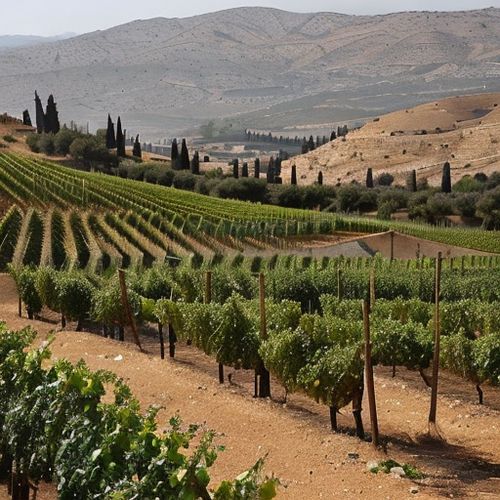
By Jessica Lee/May 10, 2025
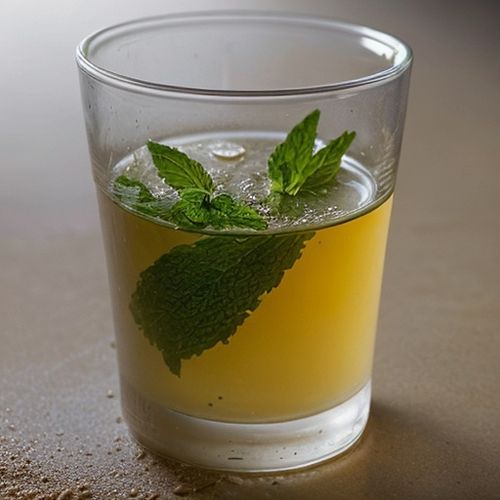
By Victoria Gonzalez/May 10, 2025
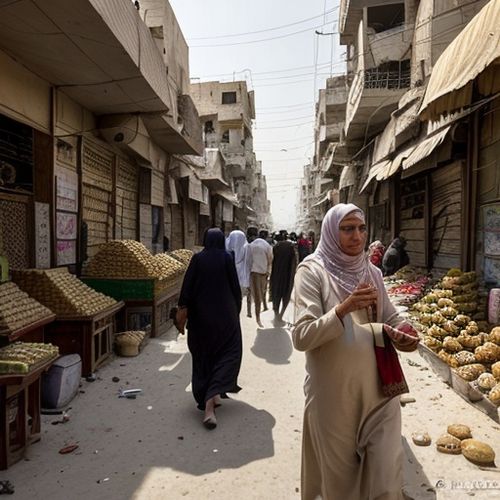
By Noah Bell/May 10, 2025

By Benjamin Evans/May 10, 2025
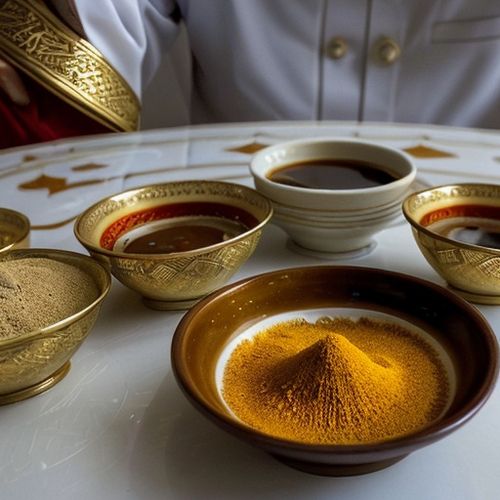
By Rebecca Stewart/May 10, 2025
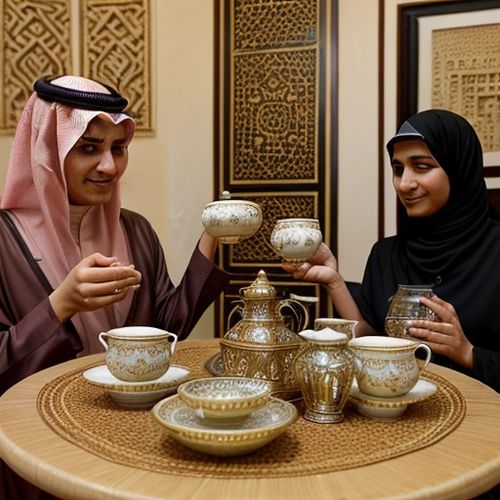
By Daniel Scott/May 10, 2025
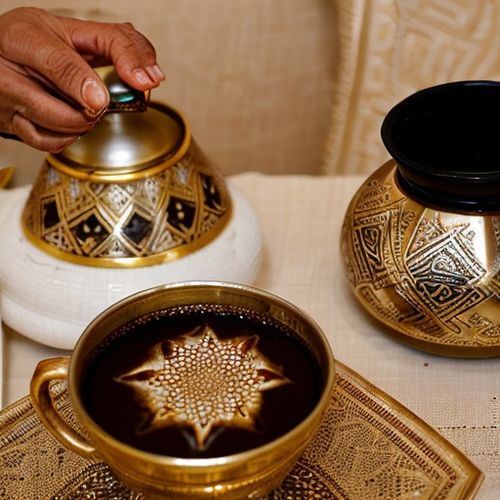
By Samuel Cooper/May 10, 2025
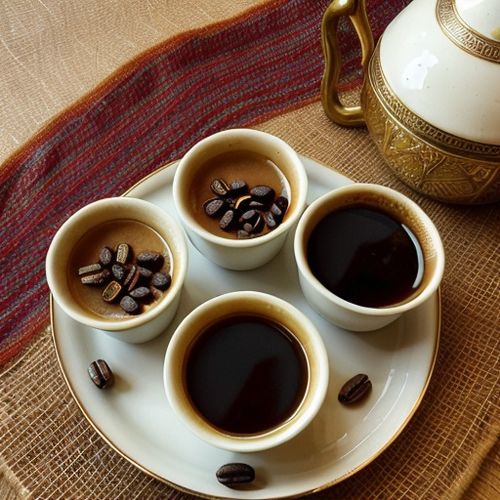
By Ryan Martin/May 10, 2025

By James Moore/May 10, 2025

By Rebecca Stewart/May 10, 2025
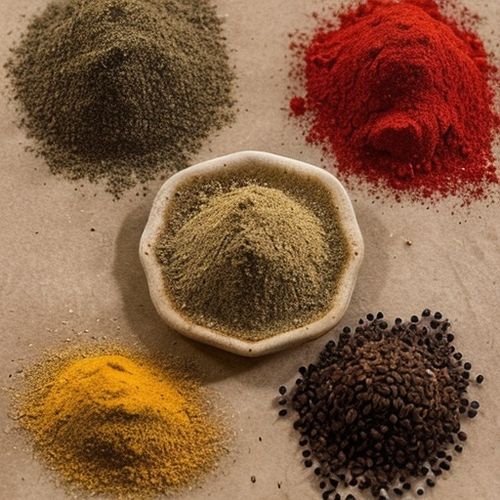
By Rebecca Stewart/May 10, 2025

By Thomas Roberts/May 10, 2025
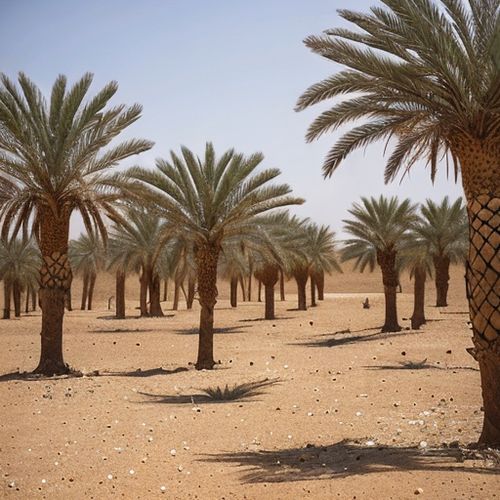
By Grace Cox/May 10, 2025
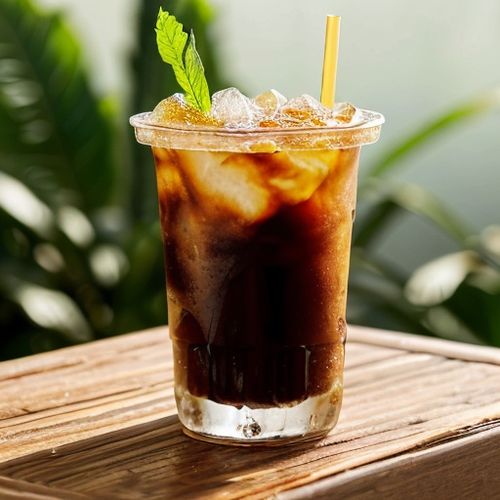
By Sophia Lewis/May 10, 2025
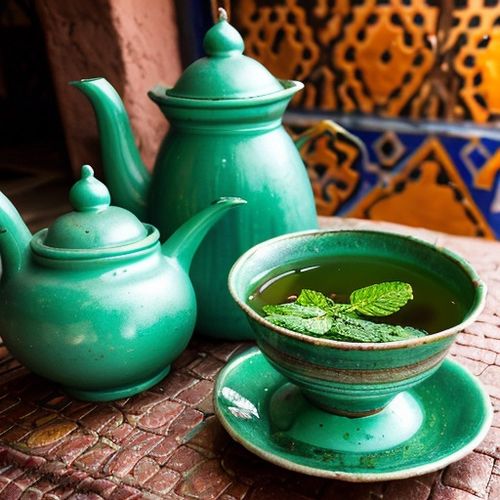
By Sophia Lewis/May 10, 2025
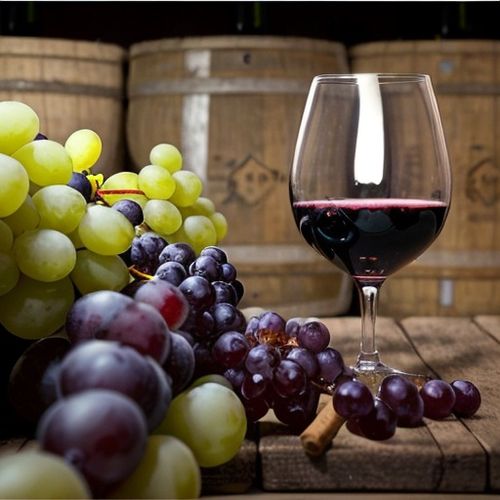
By Daniel Scott/May 10, 2025
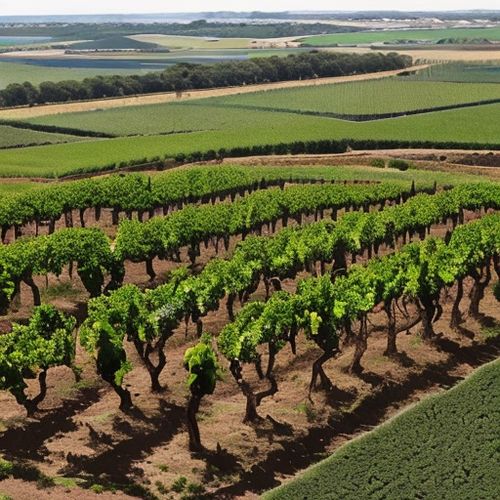
By Amanda Phillips/May 10, 2025
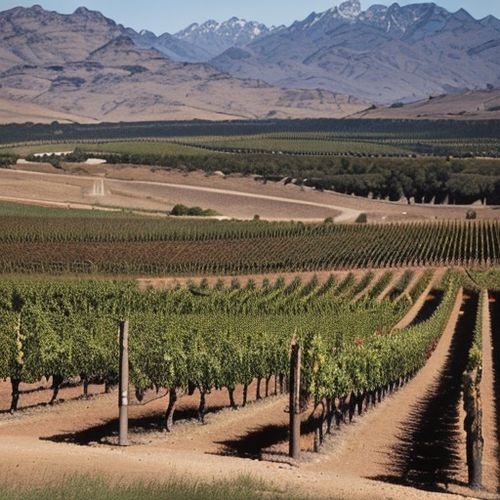
By Lily Simpson/May 10, 2025
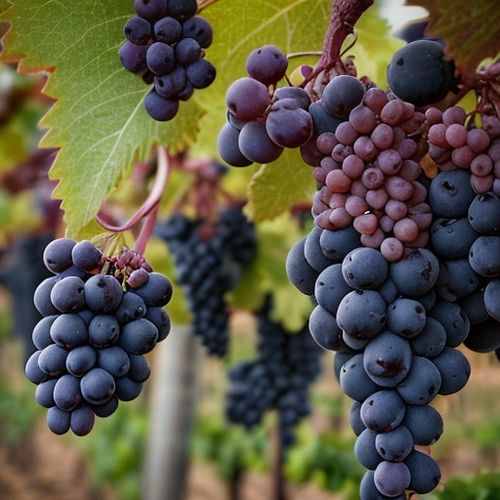
By Natalie Campbell/May 10, 2025
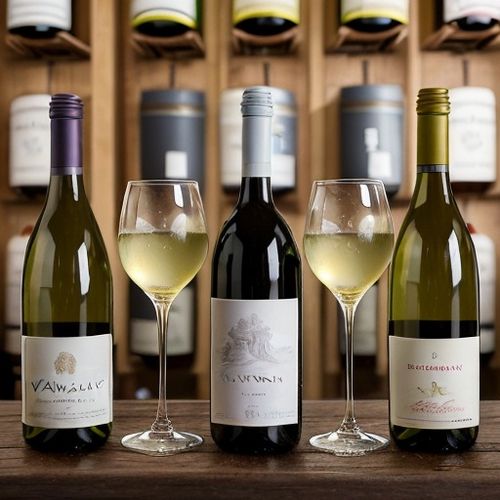
By Olivia Reed/May 10, 2025